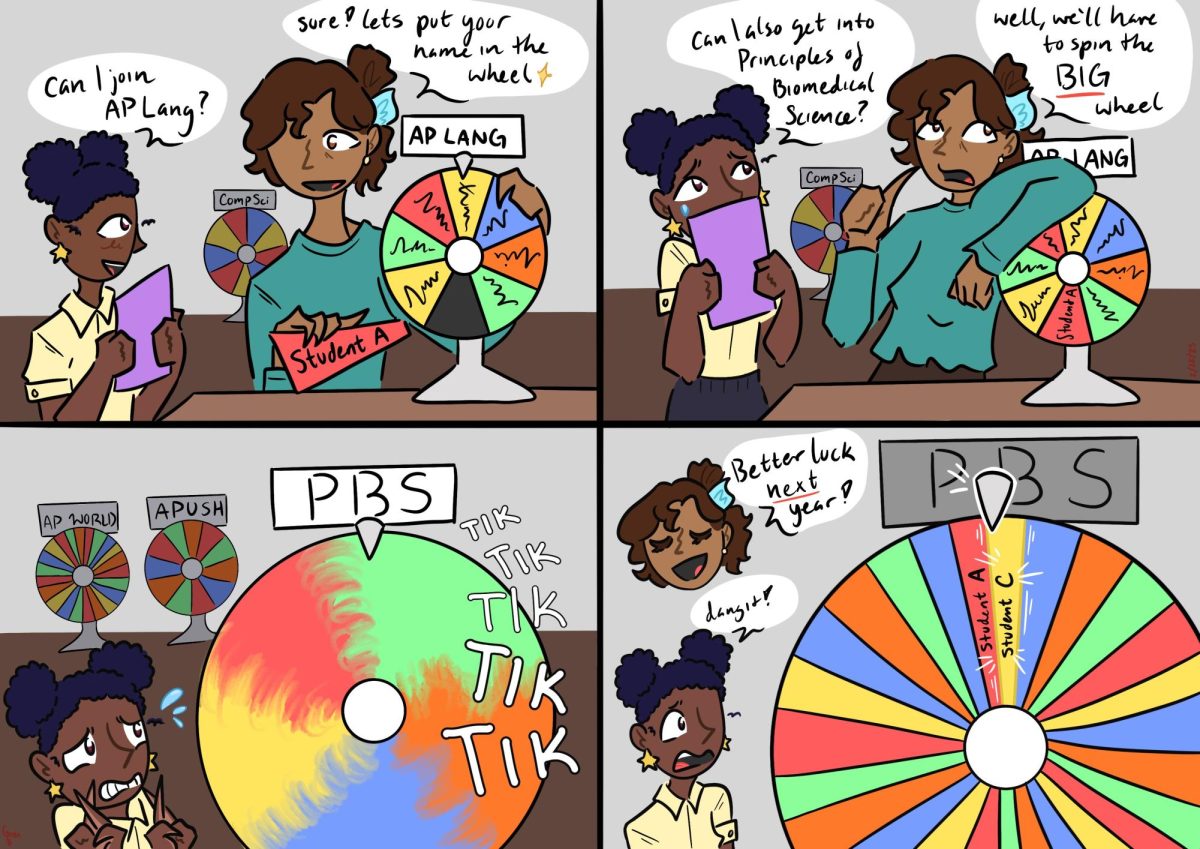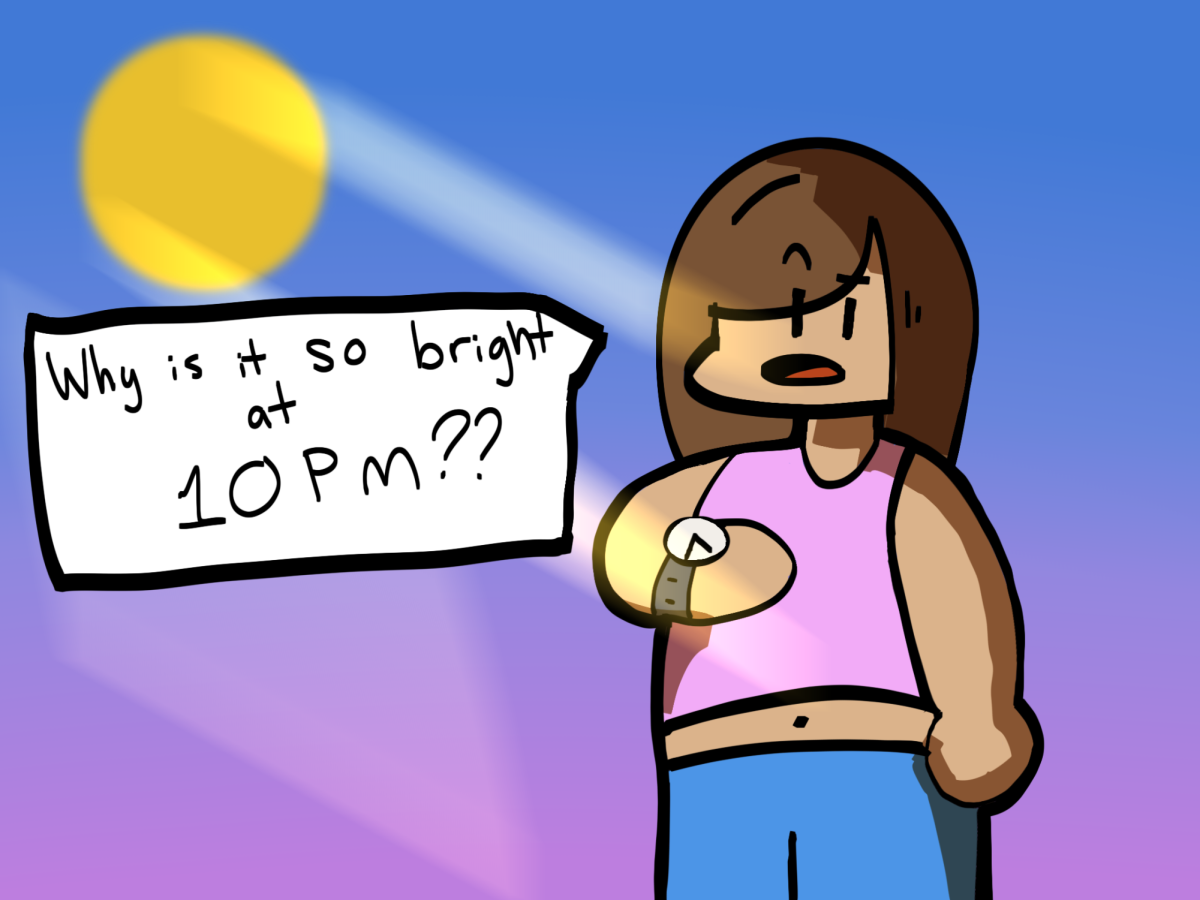Hayley LeDuc
Staff Writer
With the recent news of Starbucks using crushed beetles to color its famous Strawberries & Creme Frappuccino, new attention has been called to using natural food additives versus the synthetic counterparts created in labs.
The beetles used to color the Frappuccino are the Cochineal, an insect found in South America and Mexico. They create a crimson dye when crushed.
Although the thought of using insects in food is horrendous, you have to admit that it’s still a natural food additive, making it a healthier choice than the artificial alternatives. This contrasts with artificial flavors or colors, which are manufactured chemicals used in nearly every commercial food made in the country.
Pick up any food or drink item in a non-organic grocery store with a distinctive taste, such as Coke, and you can bet there’s an artificial flavor behind it. Pick up any food with a distinctive color and you can bet some chemical produces that color.
In the 1970s, pediatrician Benjamin Feingold first postulated that children’s behavior may be linked to artificial dyes. As a result, Feingold recommended eliminating food additives from children’s diets.
This recommendation is also backed by the Center for Science in the Public Interest (CSPI), which in 2011 called for synthetic additives to be banned in America.
Nowadays, many companies are gradually moving back to natural foods, which are either naturally derived or lack artificial flavoring and dyes.
Starbucks’s way is to use beetles. This is better than all the foods still using chemical flavoring. These additives cause health problems and many of their health effects still have not been discovered. It’s also quite troubling having the feeling that everything one eats is artificial.
The cochineal, on the other hand, is completely natural, and has been used since the time of the Aztecs and Mayans as a dye, and its health effects are well-known by now.
With a strong history in the food industry and the unknown effects of synthetic dyes, the switch back to natural food dyes may be the best bet for the health of people. That is, however, if they can accept the fact that eating a bug is not as gross as they may think it to be. America needs to embrace natural alternatives to the synthetic additives we know and love.
If beetles are what’s necessary to get people off synthetic additives, then so be it.


